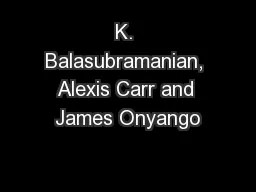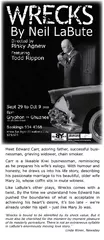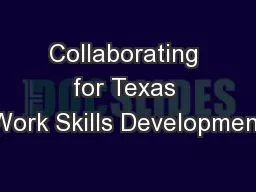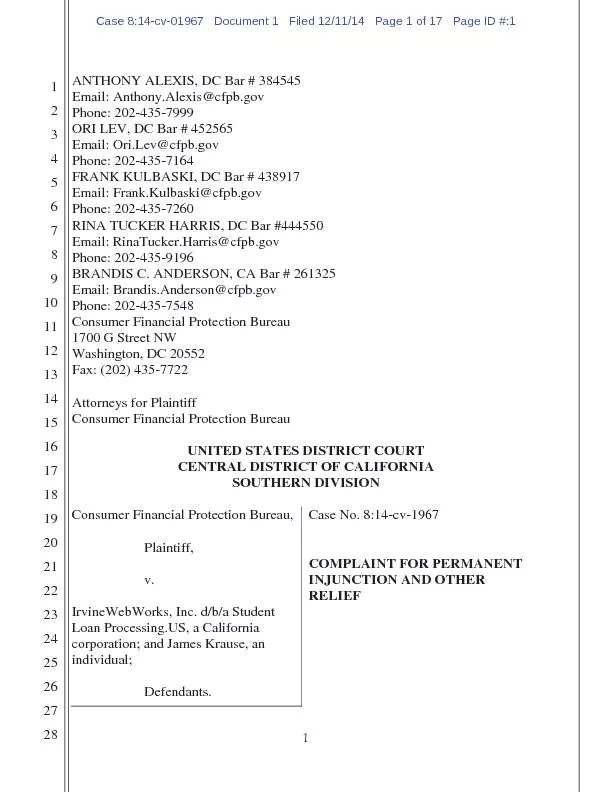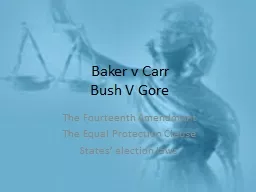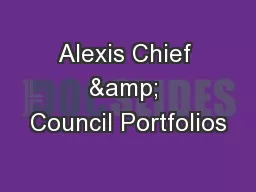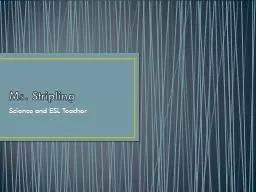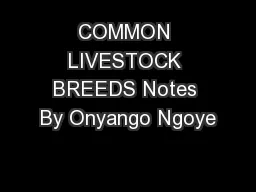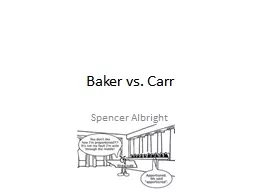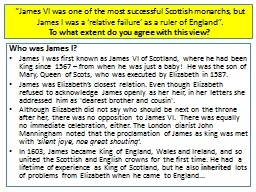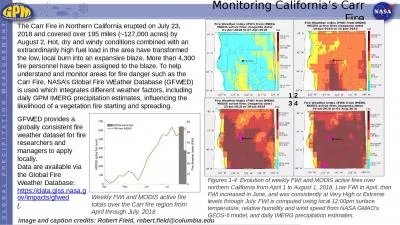PPT-K. Balasubramanian, Alexis Carr and James Onyango
Author : debby-jeon | Published Date : 2018-01-05
Based on a study conducted by Alexis Carr Rosemary Atieno Mamudu Akudugu James Onyango a nd K Balasubramanian Structure Function and Impact of Lifelong Learning
Presentation Embed Code
Download Presentation
Download Presentation The PPT/PDF document "K. Balasubramanian, Alexis Carr and Jame..." is the property of its rightful owner. Permission is granted to download and print the materials on this website for personal, non-commercial use only, and to display it on your personal computer provided you do not modify the materials and that you retain all copyright notices contained in the materials. By downloading content from our website, you accept the terms of this agreement.
K. Balasubramanian, Alexis Carr and James Onyango: Transcript
Download Rules Of Document
"K. Balasubramanian, Alexis Carr and James Onyango"The content belongs to its owner. You may download and print it for personal use, without modification, and keep all copyright notices. By downloading, you agree to these terms.
Related Documents

